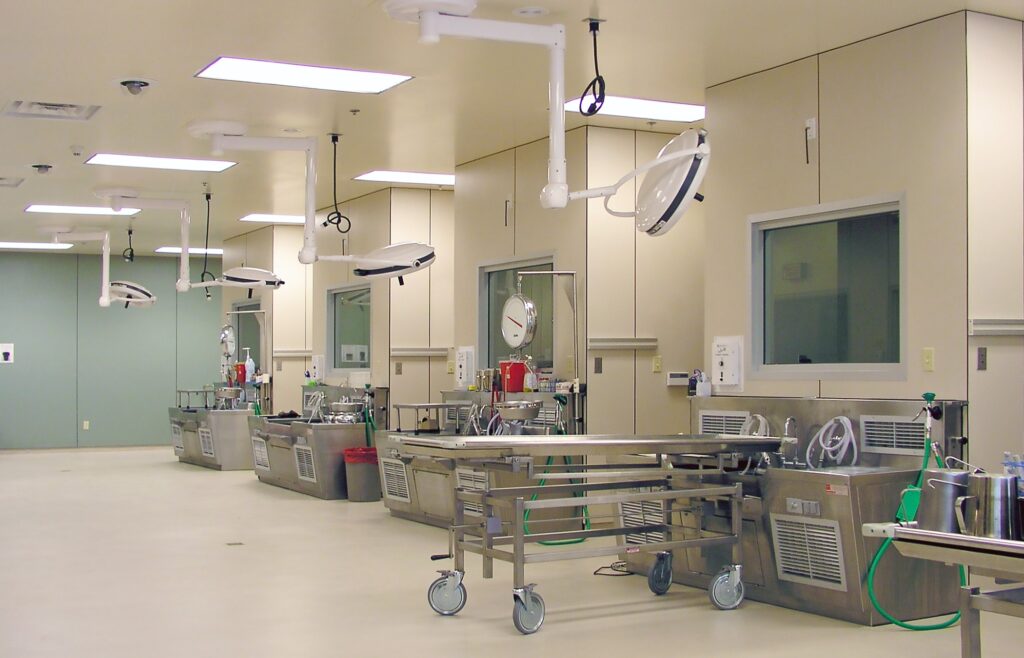October 30, 2022
The Forensic Pathologist Shortage

The number of forensic pathologists (FPs), the specialists who do medicolegal autopsies, has not kept pace with the increase of drug deaths and other violent deaths. Consequently, there is now a national shortage of these physicians who are essential to coroner and medical examiner (C/ME) death investigations. The forensic pathologist shortage hobbles our public health and criminal justice systems, delays funerals and death certificates for families, and increases costs to local taxpayers.
It’s estimated that there are only about 500 practicing FPs in the U.S. now, about half of what is needed. Pennsylvania mirrors the national picture. Its population warrants approximately 50 FPs. Instead, only about 25 FPs are actively practicing in the state. To meet the need, some are practicing into their late eighties, while others are doing more than 500 autopsies/year. The National Association of Medical Examiners accreditation standards call for no more than 250 autopsies per year (325 under extraordinary circumstances) to be performed per forensic pathologist. More than that, and the quality of the work is known to deteriorate.
What is a Forensic Pathologist?
A forensic pathologist is a physician who has completed medical school, spent three-four years in an Anatomic & Clinical Pathology residency program, and done an additional one-year accredited fellowship in Forensic Pathology. Most then become board-certified in forensic pathology by passing an exam. As physicians, they must be licensed in any state where they perform services. Forensic pathologists are the only pathologists qualified to investigate homicides, suicides, accidents, and other violent or suspicious deaths. Their additional year of forensic training makes them experts in deaths involving gunshot wounds, stab wounds, sexual assaults, or drugs.
Almost all medical examiners (municipal or state employees) are FPs. Coroners are rarely forensic pathologists, though some are physicians. Many FPs work in private pathology laboratories or academics. Increasingly, they are self-employed as independent contractors performing autopsies for coroner or medical examiner offices on a fee-for-service basis. Some even travel to other counties and states, performing autopsies for various coroners and medical examiners.
A National Forensic Pathologist Shortage
Pennsylvania
In Pennsylvania, low pay, administrative burdens, and political pressure are causing some FPs to leave or avoid government employment. As a result, cities and counties are having trouble recruiting medical examiners. For example, Philadelphia’s medical examiner, Dr. Sam Gulino, resigned in the summer of 2021. It took more than a year to recruit and hire his replacement, Dr. Constance DiAngelo. Delaware County’s medical examiner of 19 years, Dr. Rick Hellman, resigned in June of 2021. As of October 2022, Delaware County still has no medical examiner.
Other States
- In Washington state, coroners and legislators have been scrambling to address a forensic pathologist shortage that has been going on for years.
- In Ohio, the shortage “…has led to some Ohio families waiting months to find out how loved ones died and some counties spending millions in taxpayer dollars to deal with the shortage…”
- In Georgia, a staff shortage and large caseloads are causing delays according to the Georgia Bureau of Investigation.
- In New Jersey, where FPs are government employees, a 2019 report found that “…bodies are piling up and staff is fleeing” because of low pay and high caseload.
- In Texas, a PewTrust Stateline report noted the FP caseload in Texas had doubled over the last five years.
Costs are Soaring
In a classic case of supply and demand, the forensic pathologist shortage is drastically raising the costs of autopsies in some places. An example is the Chester County (PA) Coroner Office, which was paying contracted forensic pathologists $750 per full autopsy in 2018. By 2022, the cost had risen to $1140, a 52% increase. The strain on C/ME budgets will inevitably impact the quality and timeliness of death investigations. Taxpayers may pay the price, as coroner and medical examiner offices are publicly funded.
A Forensic Pathologist’s Perspective
A recent study of Pennsylvania’s death investigation system included interviews with practicing FPs in the state. The interviewees concurred on these main reasons for the FP shortage:
- Poor funding and compensation, especially for government employees
- Lack of respect for the role of FPs in the criminal justice and public health systems
- No programs encouraging medical students to enter the field
- Few forensic pathology fellowship programs (Pennsylvania has only one spot)
What can be Done about the Forensic Pathologist Shortage?
The Pennsylvania study recommended consideration of the following measures to increase the number of forensic pathologists in the state:
- Increase salaries for public sector forensic pathologists to be competitive with those in the private sector
- Provide state-funded medical school loan forgiveness for forensic pathologists who work in the public sector for a minimum number of years
- Implement a state grant program similar to the federal grant program ($100,000 for one- year fellowship)
Early exposure to the field of forensic pathology is the long term key to increasing the pipeline of FPs. Coroner and ME offices can do local outreach with high school programs and public presentations about their work. For example, an imaginative high school math teacher invited the Chester County Coroner’s Office to talk about how time of death is calculated. Internship programs for college and forensic science graduate students are another great way to encourage interest in the field. Finally, if there is a physician on staff, a C/ME office can sponsor one-month medical student rotations.
Adopting these recommendations will eventually improve the supply chain of forensic pathologists. Meanwhile, expect delays!